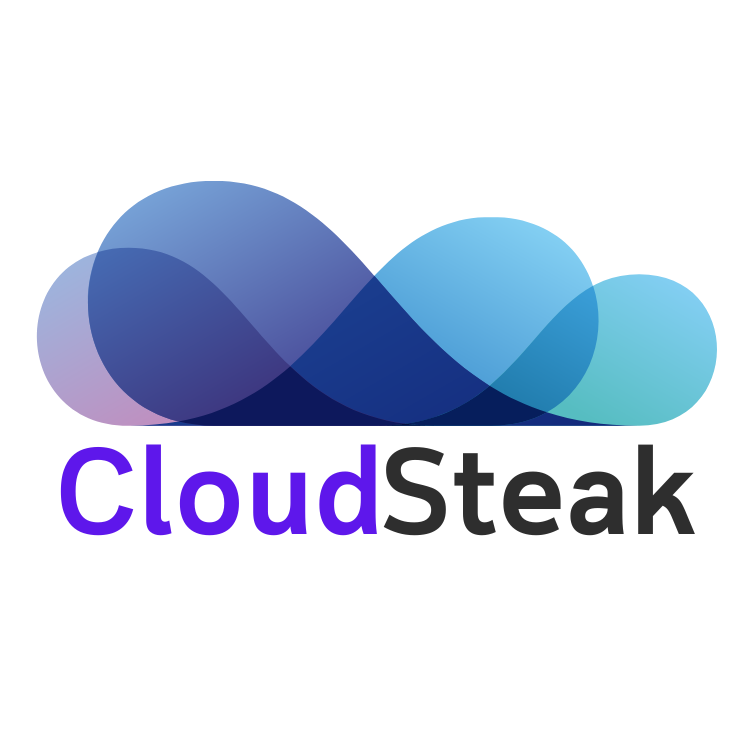Welcome to above the clouds

AWS – Announcing Amazon Kinesis Data Streams On-Demand
Amazon Kinesis Data Streams is a serverless streaming data service that makes it easy to capture, process, and store streaming data at any scale. Kinesis Data Streams On-Demand is a new capacity mode for Kinesis Data Streams, capable of serving gigabytes of write and read throughput per minute without capacity planning. You can create a […]

AWS – Introducing Amazon EMR Serverless in preview
We are happy to announce the preview of Amazon EMR Serverless, a new serverless option in Amazon EMR that makes it easy and cost-effective for data engineers and analysts to run petabyte-scale data analytics in the cloud. Amazon EMR is a cloud big data platform used by customers to run large-scale distributed data processing jobs, […]

AWS – AWS Lake Formation support Governed Tables, storage optimization and row-level security
AWS Lake Formation is excited to announce the general availability of three new capabilities that simplify building, securing, and managing data lakes. First, Lake Formation Governed Tables, a new type of table on Amazon S3, that simplifies building resilient data pipelines with multi-table transaction support. As data is added or changed, Lake Formation automatically manages conflicts […]

AWS – Announcing preview of AWS Private 5G
Today, we are announcing the preview of AWS Private 5G, a new managed service that helps enterprises set up and scale private 5G mobile networks in their facilities in days instead of months. With just a few clicks in the AWS console, customers specify where they want to build a mobile network and the network capacity […]

Azure – General availability: Data transformation at Export in Azure IoT Central
This update allows the ability for you to transform device data in IoT Central into your preferred structure and export that transformed data to an external destination. Read More for the details.

AWS – Introducing AWS Mainframe Modernization
AWS Mainframe Modernization is a unique platform for mainframe migration and modernization. It allows customers to migrate and modernize their on-premises mainframe workloads to a managed and highly available runtime environment on AWS. This service currently supports two main migration patterns – replatforming and automated refactoring – allowing customers to select their best-fit migration path […]

AWS – Announcing new Amazon EC2 C7g instances powered by AWS Graviton3 processors
Starting today, the new Amazon EC2 C7g instances powered by the latest generation custom-designed AWS Graviton3 processors are available in preview. Amazon EC2 C7g instances will provide the best price performance in Amazon EC2 for compute-intensive workloads such as high performance computing (HPC), gaming, video encoding, and CPU-based machine learning inference. These instances are the […]


GCP – Bazaarvoice uses Recommendations AI to improve CTR by 60%
Not long ago, building AI into recommendation engines was a daunting, expensive task that could take years to get off the ground. But as Bazaarvoice has shown, with the help of cloud services, the time from AI investment to business outcomes is shorter than ever. Bazaarvoice is the leading provider of product reviews and user-generated […]

GCP – Learn how Notified accelerated discovery and classification of journalists at scale with Google Cloud AI
Notified is a leading communications cloud for events, public relations, and investor relations to drive meaningful insights and outcomes. They provide communications solutions to effectively reach and engage customers, investors, employees, and the media. One of Notified’s Public Relations solutions is the ‘Media Contact Database’ that allows customers to discover media and influencers in a […]
